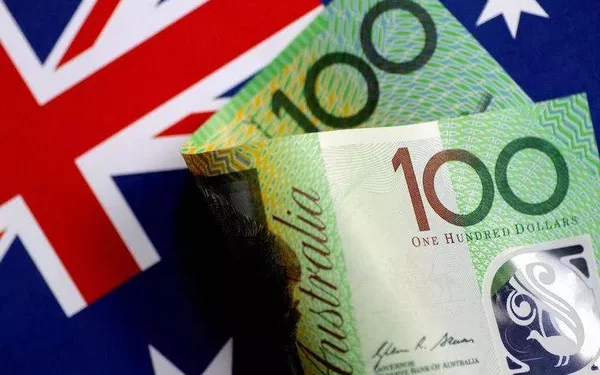The Australian Dollar (AUD) saw an uptick following the release of moderate employment figures and economic data from China on Thursday. Despite this appreciation, the AUD faced pressure against the US Dollar (USD) due to falling prices for copper and iron ore, worsened by deteriorating credit data from China. The combination of reduced demand and an oversupply of commodities has intensified market pressures.
The AUD/USD currency pair is experiencing downward pressure as investors scrutinize the Reserve Bank of Australia‘s (RBA) monetary policy. Although wage growth in the second quarter has maintained a hawkish outlook for the RBA, Governor Michele Bullock has ruled out any rate cuts in the next six months. She emphasized the central bank‘s readiness to further increase rates if inflation risks persist.
The US Dollar is also contending with challenges after the Consumer Price Index (CPI) data released on Wednesday indicated a modest rise in the annual US inflation rate for July. Investors are debating potential Federal Reserve (Fed) rate cuts in September. While market expectations lean towards a 25 basis point reduction with a 60% probability, there remains a 36% chance of a larger 50 basis point cut, according to CME FedWatch. Traders are awaiting further data, including US Initial Jobless Claims and Retail Sales, scheduled for release on Thursday.
Market Movers and Economic Updates:
People’s Bank of China (PBoC) Actions: The PBoC will renew the medium-term lending facility funds due on August 15 later this month. The central bank also conducted a seven-day reverse bond repurchase agreement, lending CNY 577.7 billion (USD 80.9 billion) at 1.7%, maintaining the previous rate.
China’s Economic Data: China’s Retail Sales grew by 2.7% year-on-year in July, surpassing the 2.6% forecast and improving from June’s 17-month low of 2.0%. Industrial Production increased by 5.1% year-on-year, falling short of the anticipated 5.2% and easing from the 5.3% growth in the previous month, marking a third consecutive month of moderation.
Australian Employment and Inflation: Australia reported a July Employment Change of 58.2K, exceeding the expected 20.0K and the prior 52.3K. However, the Unemployment Rate rose to 4.2%, above the expected 4.1%. Consumer Inflation Expectations for August increased to 4.5%, up from 4.3%.
Federal Reserve Insights: Chicago Fed President Austan Goolsbee expressed growing concerns about the labor market rather than inflation, noting recent improvements in price pressures alongside weak job data. He stated that the extent of future rate cuts will be determined by economic conditions. Atlanta Fed President Raphael Bostic and Fed Governor Michelle Bowman have both indicated that further evidence is needed before supporting rate reductions.
US Inflation and Producer Price Index (PPI): The US headline CPI rose 2.9% year-over-year in July, down from 3% in June and below market expectations. The Core CPI climbed 3.2% year-over-year, slightly lower than June’s 3.3% rise. The PPI increased by 2.2% YoY in July, below the 2.3% forecast, and Core PPI rose 2.4% YoY, missing the 2.7% estimate.
Australia’s Westpac Consumer Confidence: This index rose by 2.8% in August, recovering from a 1.1% decline in July. The Wage Price Index remained steady with a 0.8% rise in Q2, slightly below the expected 0.9%.
Technical Analysis:
The AUD/USD pair is currently trading around 0.6590, testing the lower boundary of an ascending channel. The 14-day Relative Strength Index (RSI) is just below 50, indicating a bearish momentum. Immediate support is at 0.6590, with potential for further decline towards the nine-day Exponential Moving Average (EMA) at 0.6580 and the throwback level at 0.6575. A break below these levels could drive the pair towards 0.6470. Conversely, a rise above 0.6690 could push the pair towards its six-month high of 0.6798, achieved on July 11.
Related Topics:



























